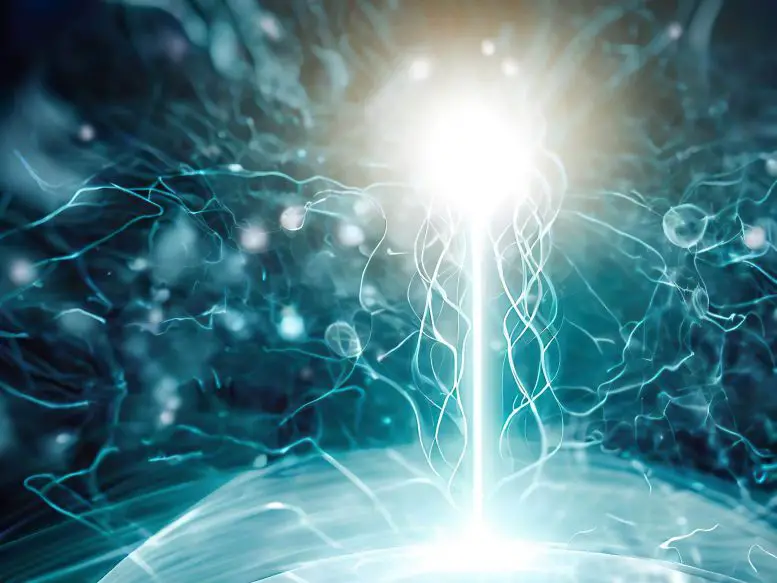The Natilus Kona aircraft is one of the most interesting pilot concepts that use hydrogen power.
"Natilus Kona" weight carrier is a promising electric engine concept. The power source for electric engines could be batteries, but it also can be fuel cells. The fuel cells that use hydrogen fuel are the systems that can make hybrid systems that use propellers and electric engines for lift-off and landing and hydrogen-burning turbines for long-range flight possible.
"ZeroAvia successfully carries out the first flight test of its Dornier 228 19-seat testbed in Gloucestershire, UK, marking a pivotal milestone in ZeroAvia’s HyFlyer II program". (https://interestingengineering.com/innovation/hydrogen-powered-flight-skies-history)
The 19-seat Dornier Do-228 has turned into a hydrogen plane test bed. And that is a big step for clean aviation.
That system was created by Natilus partners, Natilus and ZeroAvia. ZeroAvia has experience to create large-scale hydrogen-powered aircraft. In commercial use, hydrogen-powered aircraft use hybrid technology, where electric engines rotate rotors while the aircraft lifts off, and then the system starts to use the hydrogen-powered turboprops. The turboprop VTOL-technology hydrogen-powered aircraft can make emission-free and silent aviation possible.
Another way to decrease noise pollution in aircraft is the counter noise. If the loudspeakers are sending counterwaves to the aircraft with the same frequency that the aircraft sends noise that system will deny the soundwaves to reach the ground.
https://interestingengineering.com/transportation/natilus-partners-with-zeroavia-for-developing-a-hydrogen-electric-freight-carrier
https://interestingengineering.com/innovation/hydrogen-powered-flight-skies-history
New nanomaterials create electricity from thin air.
The biggest bottleneck for hydrogen technology is how to make clean energy for electrolysis. The problem is that those systems must operate day and night. If the engineers can make a system that can create enough electricity from the air by using miniature- or nano-size turbogenerators or some other power source.
That allows them to create aircraft and cars or even spacecraft that can create hydrogen and oxygen inside their body. These kinds of systems can make fuel for space shuttles, ultra-fast aircraft, or environmentally friendly everyday technology.
The nanomaterial that harvests energy from thin air is the new tool for power supply in independently operating small-size drones. Engineers can also use nanomaterials that can harvest energy from thin air in hydrogen-operating aircraft.
Before this new nanomaterial, small-size drones' power source puts limits on their range. The problem with classic solar panels is that they are not operating in the dark. Chemical batteries can create electricity only in a limited time. Another problem with chemical batteries is that they require high enough operating temperatures.
"Engineers at the University of Massachusetts Amherst have developed a technique for harvesting electricity from air humidity, dubbed the “generic Air-gen effect.” According to research published in Advanced Materials, any material with nanopores less than 100 nanometers in diameter can be utilized to continuously generate electricity." (ScitechDaily.com/Clean Energy 24/7: Engineers Use Nanotechnology To Harvest Electricity “From Thin Air”)
"Nanopores are the secret to making electricity from thin air. These nanopores allow water molecules to pass through and create a charge imbalance, essentially forming a battery that runs as long as there is humidity. Credit: Derek Lovley/Ella Maru Studio"(ScitechDaily.com/Clean Energy 24/7: Engineers Use Nanotechnology To Harvest Electricity “From Thin Air”)
If the temperature is very low the chemical reaction cannot create electricity, and nuclear batteries require radioactive material. So the new nanomaterial can offer a non-poisonous and effective way to make electricity for drones and larger devices.
The MIT engineers created a nanopore-base system. But there is the possibility that in the future nano-size generators also can create electricity. The problem is how to make those nano-generators on a large scale so that they can make electricity on enough large scale.
Theoretically, making nanogenerators is a very easy process. The system requires two internal fullerene tubes. The magnesite bites in those fullerene nets are operating as rotors and stators. The other version is to put two layers of the material opposite, and then the nanotubes are rotating between those magnetic layers. That thing forms electricity in a larger area. There is also the possibility that laser rays will make holes in the metal plate. And there are the nano-size rotors that are forming electricity from rising air.
The problem with nanotechnology and nano-size generators is how to put them to rotate. If the shell of the vehicle can form electricity with high-enough voltage, that thing can make the revolution for hydrogen technology. Hydrogen is a very powerful fuel for combustion engines. Hydrogen is the key element in emission-free aviation and automobiles.
One of the reasons why hydrogen-powered jet engines are under research is that hydrogen is a suitable fuel for hypersonic aircraft. But things like aircraft carriers can create fuel in their internal systems. In those cases, the hydrogen is created in electrolysis chambers that use electricity from the ship's nuclear reactors.
But the same systems, used to load electric vehicles battery, can use to create electricity for the internal electrolysis chambers of cars and aerial vehicles. The system must liquidize the hydrogen by using a freezer. In rocket technology the hydrogen system distillates the liquid very cold gas.
And that kind of electrolysis system also creates chlorine, sodium, and oxygen. The sodium and chlorine are from the salt that is in the water. But if the system uses chemically clean or distilled water as a hydrogen source, the result is clean energy.
https://scitechdaily.com/clean-energy-24-7-engineers-use-nanotechnology-to-harvest-electricity-from-thin-air/







No comments:
Post a Comment
Note: Only a member of this blog may post a comment.